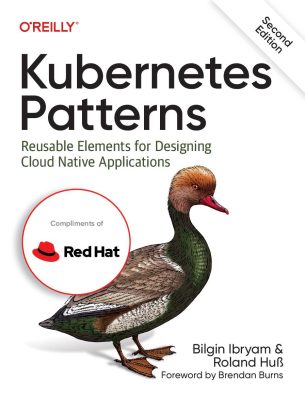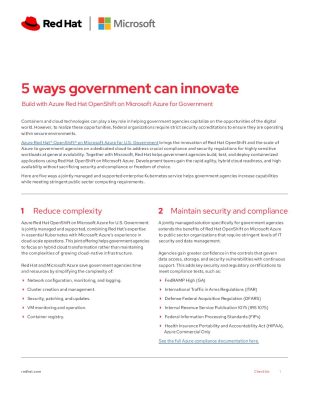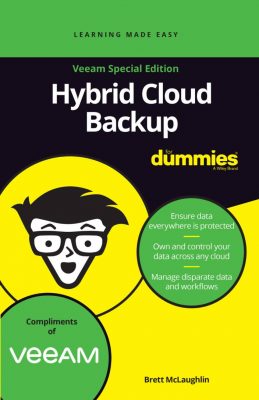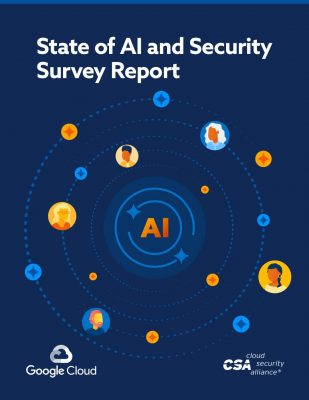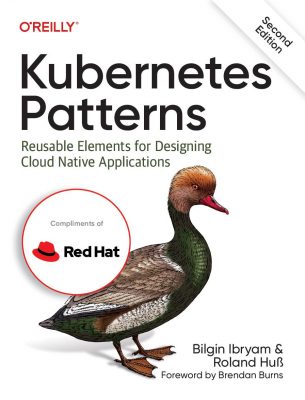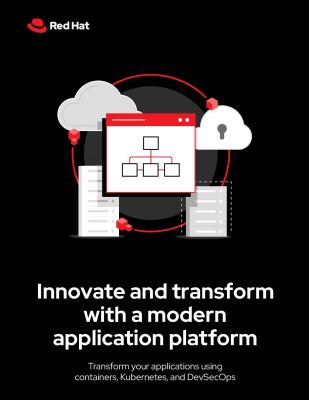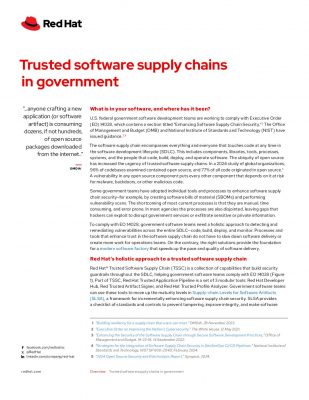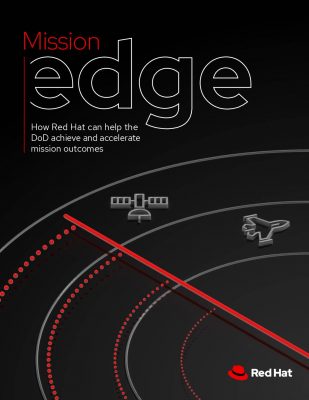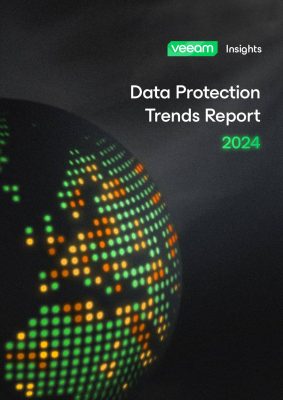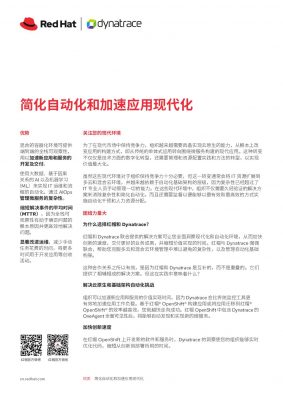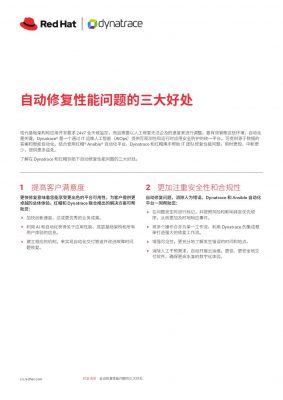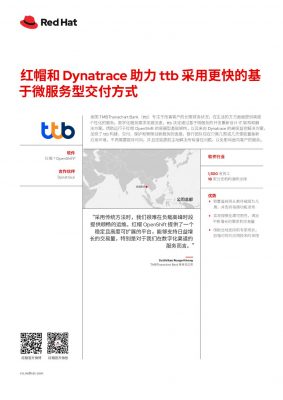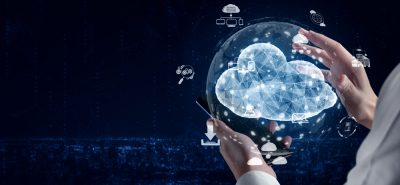Highlights:
- Grail can now contextually store and analyze enormous amounts of cloud ecosystem data without structure or hydration, according to Dynatrace.
- The incorporation of AutomationEngine into the company’s primary platform also serves to expand the core platform.
The infrastructure observability provider, Dynatrace Inc., recently enhanced the Grail data analytics platform to include distributed traces, metrics, and multicloud topology and dependencies. This is in addition to the log and business event functionality included in the product’s introduction in October.
The company provider claimed that these upgrades increase Grail’s capacity to contextually store and analyze massive amounts of data from cloud ecosystems without the need for structure or hydration.
The incorporation of AutomationEngine into the company’s primary platform also serves to expand the core platform. This technology combines a straightforward user interface with a collection of no-code or low-code toolsets that uses causal Artificial Intelligence (AI), a subset of AI that can explain cause and effect, allowing users to run clouds more effectively. It can be used for activities like estimating future needs for cloud infrastructure and computing resources, automated repair and progressive delivery against service level goals, and automated routing of vulnerabilities found by Dynatrace Application Security.
Finally, the company has updated the user interface of its Software Intelligence Platform to include dashboarding capabilities and support for better collaboration between business teams and development. It also introduces Dynatrace Notebooks, a new interactive document capability that enables information technology, development, security, and business users to collaborate using code, text, and rich media.
Beyond Human Scale
Bob Wambach, vice president of product marketing at Dynatrace, said, “The overarching theme is that cloud complexity is now beyond the human scale to manage; traditional monitoring tools no longer work. A convergence of observability, visibility, and business data is needed.”
Grail is a schema-less “lakehouse” database that combines speed and scalability like a data warehouse with support for a broad range of data types. It can comprehend dependency maps and dependency graphs so that “when you run a query, you get all of that extra context for answers that go way beyond correlation. The software was built to filter out the false positives and noise that occur when dependencies aren’t known,” Wambach said.
The analytics platform can also detect service disruptions that have left e-commerce consumers stranded, undertake application security forensics to avoid data breaches, and boost multicloud efficiency by forecasting cloud performance and utilization over time.
It uses Davis, a deterministic artificial intelligence engine for root cause analysis, anomaly identification, dependency detection, topology visualization, and business effect analysis.
“Grail is the data store and Davis is the AI platform that queries and does analytics on Grail. We’ve built dashboards and notebooks, but it’s also extensible to let partners build their own custom notebooks on top of that,” Wambach added.
Real-Time Prediction
The software analyzes past data and forecasts future events using Machine Learning (ML). “In constantly changing environments like Kubernetes, you need something that can work in real time, so the foundation of what we do is to be able to see something we’ve never seen before and act on it based upon all of the involved elements and relationships,” Wambach said.
AutomationEngine is meant to let business users build customized dashboards out of reusable pieces. Wambach said, “Anything that’s of concern about underlying resources can be root cause analyzed.”
Within 90 days, users will have access to the notebook features, redesigned Dynatrace user interface, Automation Engine and Grail support for metrics, and the Smartscape application mapping visualization dashboard.
